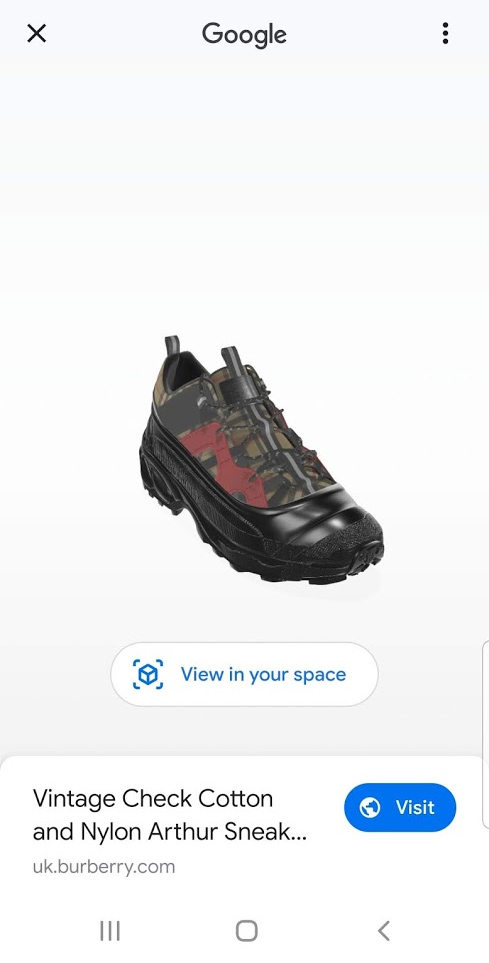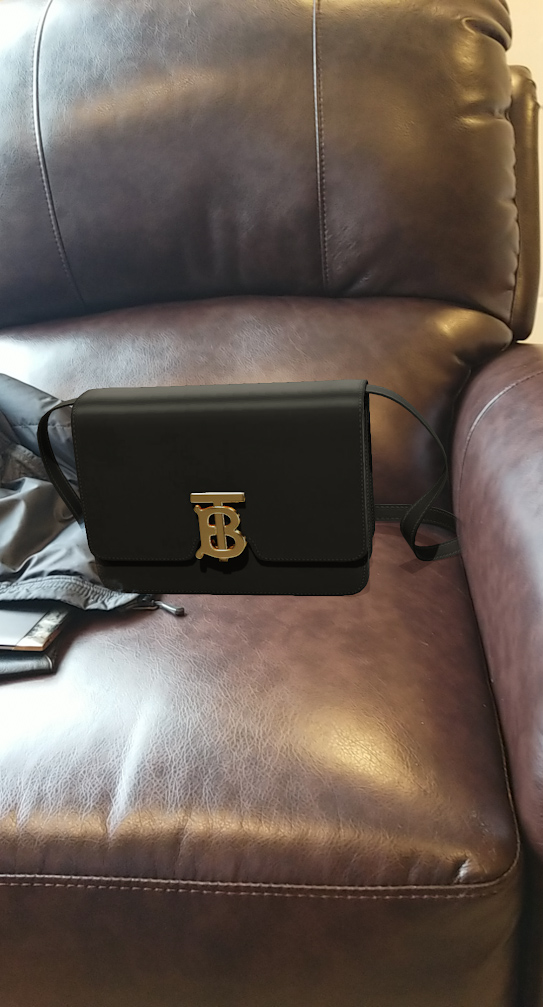Mobile Google Research, sites can now activate 3D and AR images
It had been one of the roaring announcements of the latest Google I/O conference, then activated with a testing phase for some specific subjects: now the ability to view 3D and augmented reality images for mobile searches on Google takes a further step towards full operation, and Burberry is the first external site to take advantage of this opportunity.
Burberry products in 3D on Google
Burberry examples in Google Images Search
This means that by searching for the Burberry Black TB bag or the Arthur Check sneakers we can not only discover all their details, rotating at will the product made in 3D, but also match it to our outfit to verify its combination without necessarily having to try it in a physical store.
A support for users
How to join the beta test of the Google feature
Burberry collaborates as a pioneer in the experimentation of this feature of Google Images, which indeed comes out of the previous boundaries – it was substantially limited to the searches of certain types of animals – and begins to be available also to third-party sites. Barry Schwartz found that there is a page to submit our application as beta tester to Google – 3D & AR results in Google Search interest form – which also refers to guidelines that interested developers must follow.
Here you can read that “3D and Augmented Reality (AR) results help people view your 3D content directly from Google Search results”. In particular, users who touch the 3D View chip are “involved in an immersive experience in which they can interact with the 3D resource or even insert it into their space with AR technology” and– important news in terms of usefulness for sites – they can “tap a chip to continue on your website or exit to return to the Google Search results page”.
The benefits for the sites: new potential customers and conversions
The system can then be useful to bring new users and potential customers to the site, intrigued by the 3D visualization of the product and the virtual “dressing room fitting”. Google has long been urging us not to underestimate the potential of Images research, and with this innovation it offers further evidence of how images can serve not only to capture attention, but also to bring new conversions.
In a future key, the function will be useful to show 3 types of content:
- Product models for product pages
- Famous objects or characters from the entertainment world that come to life in 3D
- Educational contents that become more effective and understandable in 3D
Google is working on 3D images
But this is just one of the fronts of Google’s development activity: on the Google AI blog it was in fact announced the release of MediaPipe Objectron, a sophisticated software that manages to offer a mobile detecting pipeline of 3D items in real-time for everyday things (currently, chairs and shoes).
This pipeline detects objects in 2D images and estimates their poses and dimensions through a machine learning model (ML), formed on a newly created 3D dataset: in this way, it determines the location, the orientation and size of everyday real-time objects on mobile devices, leading to a variety of applications in robotics, self-driving vehicles, image recovery and augmented reality.







